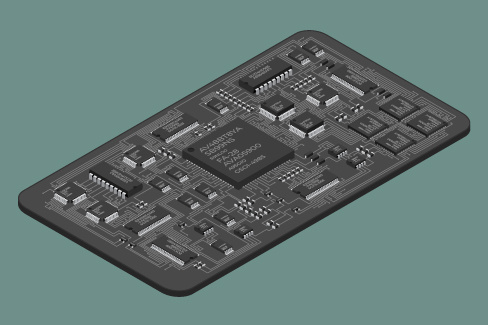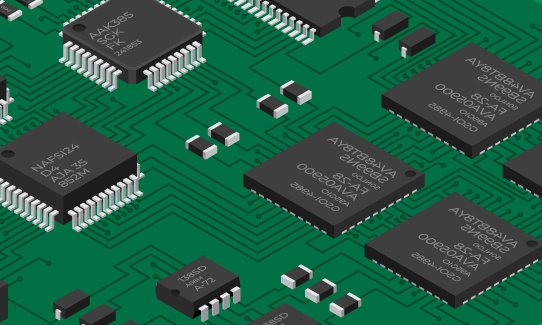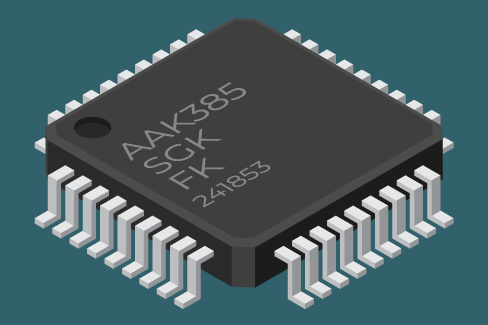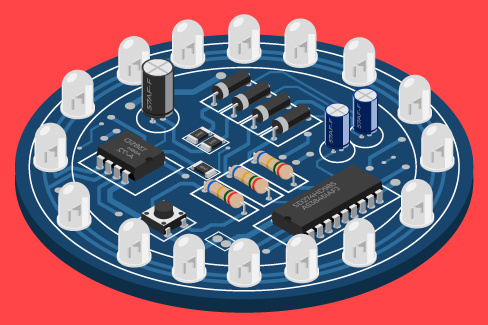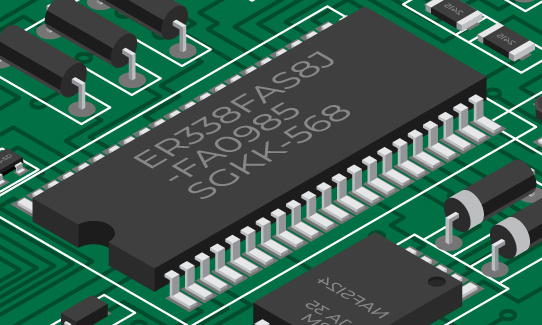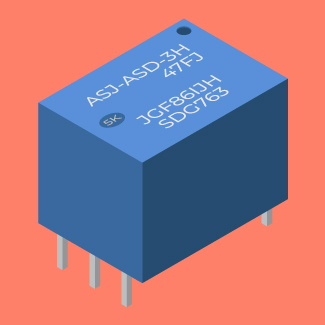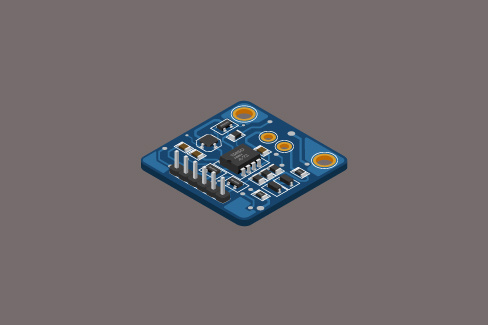From concept to circuit
Hardware
Development
Our core competencies lie in control units, onboard computers, sensors, and edge systems, with a particular focus on applications in industry, railway technology, automotive, and defense sectors.
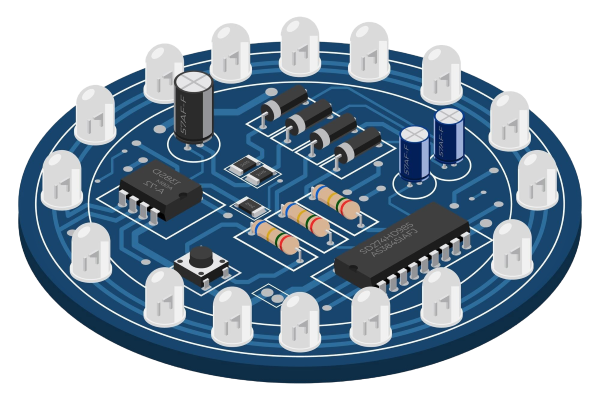
Right from the Start
Customer-focused hardware development
Our customer-centered development process undergoes 2 to 4 iteration cycles, depending on the specific requirements and complexity of the project. From initial concept to pre-series model, we ensure that each development not only meets but exceeds our clients' expectations.
We design precise systems based on years of experience and leverage our extensive industry knowledge to apply best practices across sectors.
EMC-compliant design, reliable sourcing, high-speed tracing and routing, and compliance with industry standards
HARDWARE TECH STACK
Our hardware tech stack forms the backbone for innovative products and solutions, essential for meeting the growing demands for reliability, obsolescence management, and component availability. At the core of our stack is Altium Designer, a comprehensive platform for PCB design. Alongside our ECAD software tools, we have an extensive range of hardware equipment from leading manufacturers such as Rigol and Digilent. This equipment, including oscilloscopes, power supplies, power sequencers, spectrum analyzers, measuring devices, and logic analyzers, is indispensable for testing and validating our designs.
“”
Hardware is unforgiving. It tolerates no mistakes. Perhaps that’s why the moment a green power LED lights up feels so special.
OUR DEVELOPMENT PROCESS
Standardized Procedures in PCB Design
Our hardware development follows a clearly structured, iterative process designed to reduce error costs from the very beginning. We rely on systematic planning and rigorous testing to develop robust solutions. Through targeted adjustments and optimizations at each project phase, we ensure our products are technically refined and ready for mass production.
Architecture
Functional BoM
Schematic Design
Layout
Design Review
Prototype Production
Test Software Development
Commissioning
Redesign
First Revision Production
CURIOUS?
Questions, comments, or suggestions about how we work and develop? We are happy to answer them in a personal conversation. Feel free to send us an inquiry about your concerns.
We look forward to hearing from you.

Dr. Hendrik Schnack
Sales, Technology

Hummam Kadour
Account Management

